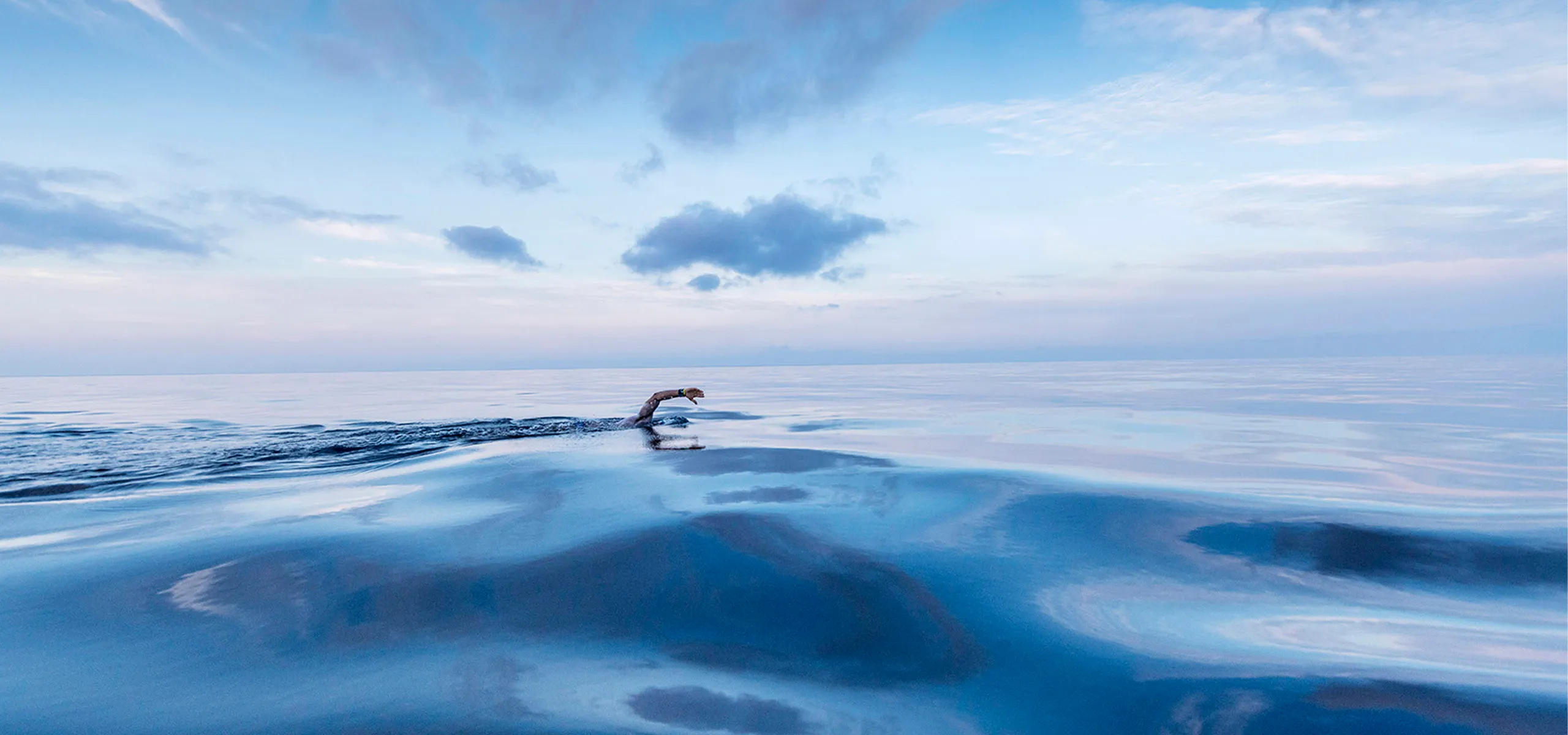You need a person, not a computer-generated system, to manage workflow if you want an agency to be efficient and keep its staff motivated and creative, says BRND WGN’s Traffic Manager Marlis Farrugia.
When I tell people I’m a ‘Traffic Manager’ they look at me in bewilderment. They probably think I stand in the middle of the road and direct traffic. I can’t blame them. Not many agencies in Malta employ a specific person to do my job in the studio. Unfortunately, it is seen as an extra expense. But in reality the opposite is true if you want your agency’s workflow to be efficient. And retain your team’s motivation and creativity. Something we strongly believe in at BRND WGN.
And that is what a Traffic Manager’s role is: to direct the workload within an agency and ensure projects are completed on time and on budget. I work closely with our account managers and delivery teams (from strategy to creative, content to digital) to bridge the gap and make sure work flows efficiently from the initial brief to final presentation or launch of a project.
But things are not that simple. People are not machines. So the most important part of my job is to know each colleague’s strengths and weaknesses, and to assign tasks which suit skills. Plus, to avoid burnout by not allocating too much work to each person each day, leaving gaps between big projects, and putting more challenging jobs in the morning. This is what keeps staff motivated, creative, and at BRND WGN long-term. I also believe it increases the quality of our output.
Another crucial part of my job is to ensure debriefs are scheduled between the team members post-project, to share and discuss ‘lessons learnt’ feedback, both positive and negative. I also collate statistics from different departments to present to management. This is important if we want to maintain the delivery of high-quality services in a cost effective manner.
So what’s my biggest challenge? Being the middle man between departments is no easy task. Let alone trying to keep everyone happy, from account managers and their clients’ demands, to creatives who need time to think, come-up with ideas, experiment, and maximise their allocated work time without interruptions.
This means there isn’t a typical day. But a loose plan helps me achieve my goals and would look something like this:
- 9am - 10am: Previous day follow-up
- 10am - 12pm: Meet with account managers to discuss projects
- 1pm- 3pm: Check briefs and distribute feedback
- 3pm - 4pm: Internal reporting
- 4pm - 6pm: Visit teams for work allocation updates
Which leads me to the final, and a very important part of my job: I’m in-charge of ringing the BRND WGN bell to trigger a minute of planking, a few times a day. There is no pattern. It can happen at any time of the working day.

But there is a serious point to this activity. We don’t do this to hone our bodies, we do it to get us away from our desks and screens, something people are tempted not to do when fully immersed in a project. We don’t force anyone to do it, but let’s say 95% of Wagoneers are always in, even if they moan about it!
More insights
Scroll for more

Step by Step Guide to Protect Your Social Media Accounts
Always a hot topic, the hacking conversation begins again. Phishing scams and imposter accounts are on the rise, but this time the threat feels much closer to home.


